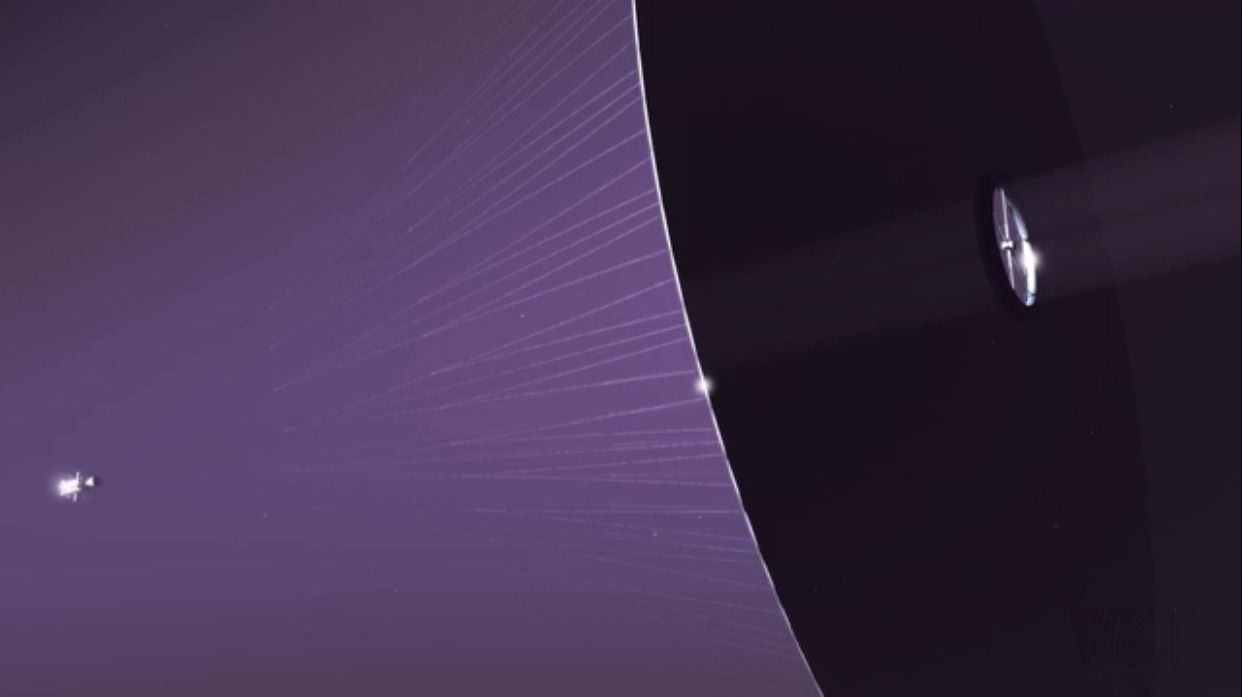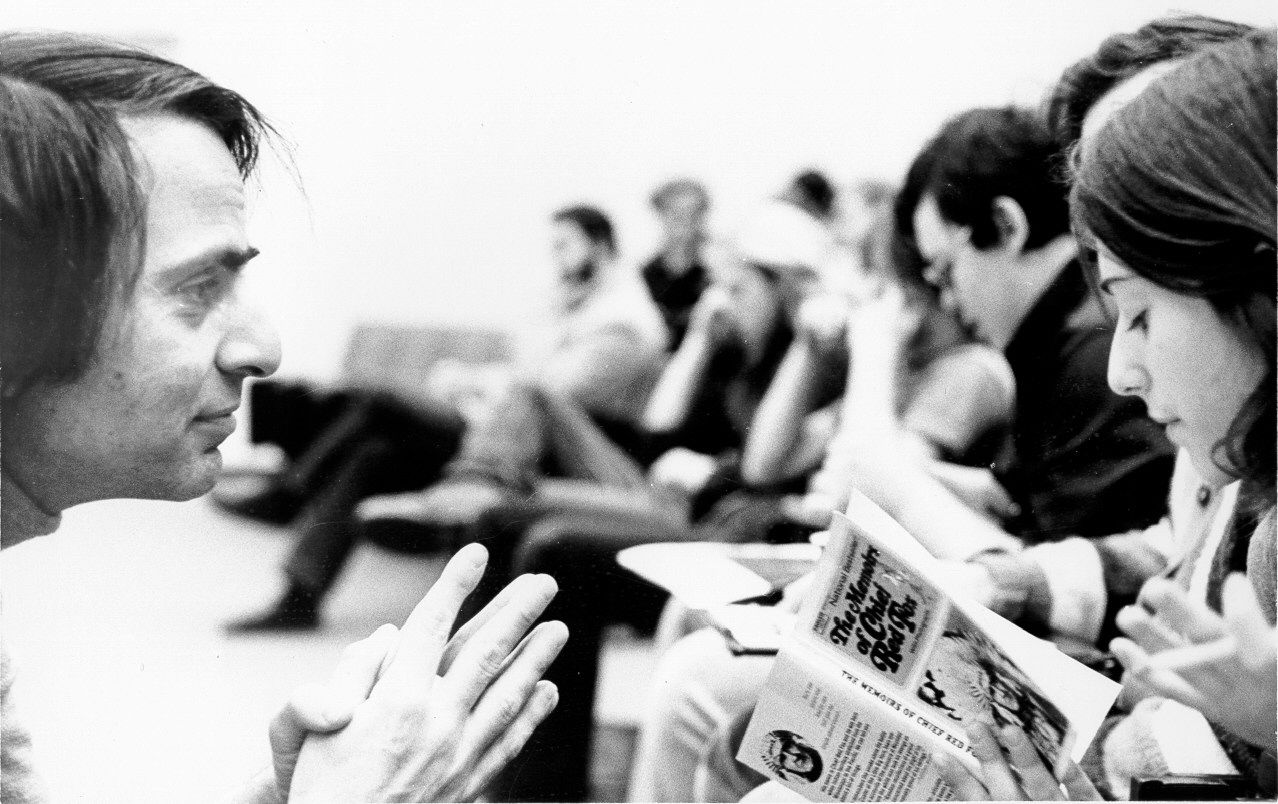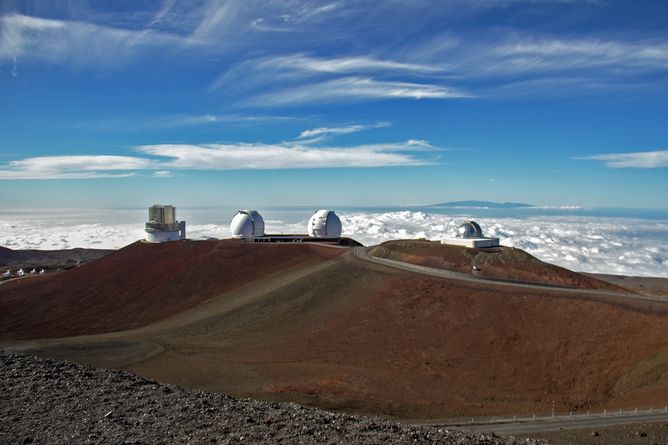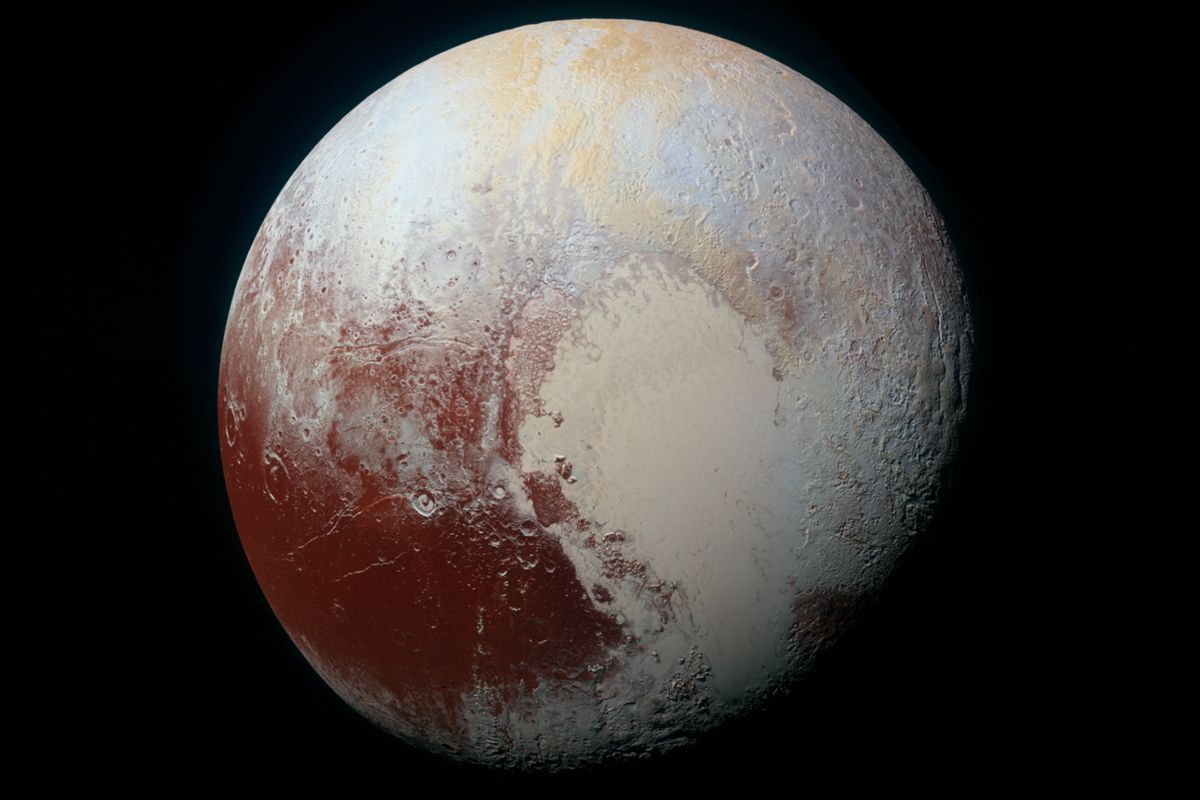Archive for the ‘astronomy’ category: Page 4
Jun 6, 2017
Solar System Map: Surprisingly deceptive
Posted by Philip Raymond in categories: astronomy, cosmology, gravity, lifeboat, mapping, physics, space, space travel
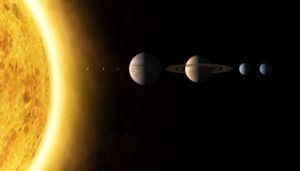 What’s wrong with this illustration of the planets in our solar system? »
What’s wrong with this illustration of the planets in our solar system? »
For one thing, it suggests that the planets line up for photos on the same solar ray, just like baby ducks in a row. That’s a pretty rare occurrence—perhaps once in several billion years. In fact, Pluto doesn’t even orbit on the same plane as the planets. Its orbit is tilted 17 degrees. 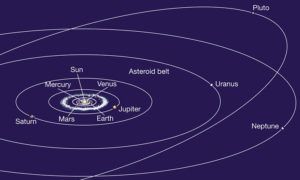 So, forget it lining up with anything, except on rare occasions, when it crosses the equatorial plane. On that day, you might get it to line up with one or two planets.
So, forget it lining up with anything, except on rare occasions, when it crosses the equatorial plane. On that day, you might get it to line up with one or two planets.
But what about scale? Space is so vast. Perhaps our solar system looks like this ↓
No such luck! Stars and planets do not fill a significant volume of the void. They are lonely specs in the great enveloping cosmic dark.* 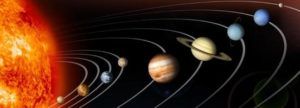 Space is mostly filled with—well—space! Lots and lots of it. In fact, if Pluto and our own moon were represented by just a single pixel on your computer screen, you wouldn’t see anything around it. Even if you daisy chain a few hundred computer screens, you will not discern the outer planets. They are just too far away.
Space is mostly filled with—well—space! Lots and lots of it. In fact, if Pluto and our own moon were represented by just a single pixel on your computer screen, you wouldn’t see anything around it. Even if you daisy chain a few hundred computer screens, you will not discern the outer planets. They are just too far away.
Continue reading “Solar System Map: Surprisingly deceptive” »
Mar 13, 2017
Synthetic Stars and the Future of Energy — By Dr. Edward Moses | TEDxSF
Posted by Odette Bohr Dienel in categories: astronomy, energy, environmental, physics

Feb 25, 2016
Photonic propulsion cuts Mars travel time
Posted by Philip Raymond in categories: astronomy, energy, lifeboat, physics, space travel, transportation
Recent advances in lasers suggest that we may see rockets propelled by light earlier than we had imagined. NASA scientist Philip Lubin and his team are working on a system that would use Earth-based lasers to allow space travel to far-away places in just a fraction of the time needed with current technology.
Using earth based lasers to push along a spacecraft instead of on board hydrocarbon-based fuel could dramatically reduce travel time to Mars, within our lifetime. Currently, it takes five months for a space craft to reach Mars. But, with photonic propulsion, it is likely that small crafts filled with experiments will reach Mars in just 3 days. Large spaceships with astronauts and life support systems will take only one month, which is about 20% of the duration of a current trip.
What’s next? Lubin believes that we may be able to send small crafts with scientific experiments to exoplanets as fast as 5% light speed in, perhaps, 30 years. Eventually, he claims that the technology will carry humans at speeds up to 20% light speed.
Read about it here.
Feb 24, 2016
What has changed since “Pale Blue Dot”?
Posted by Philip Raymond in categories: astronomy, cosmology, environmental, ethics, habitats, lifeboat, science, space, space travel, sustainability
I am not an astronomer or astrophysicist. I have never worked for NASA or JPL. But, during my graduate year at Cornell University, I was short on cross-discipline credits, and so I signed up for Carl Sagan’s popular introductory course, Astronomy 101. I was also an amateur photographer, occasionally freelancing for local media—and so the photos shown here, are my own.
By the end of the 70’s, Sagan’s star was high and continuing to rise. He was a staple on the Tonight Show with Johnny Carson, producer and host of the PBS TV series, Cosmos, and he had just written Dragons of Eden, which won him a Pulitzer Prize. He also wrote Contact, which became a blockbuster movie, starring Jodie Foster.
Sagan died in 1996, after three bone marrow transplants to compensate for an inability to produce blood cells. Two years earlier, Sagan wrote a book and narrated a film based on a photo taken from space.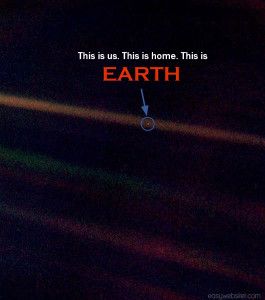
Continue reading “What has changed since ‘Pale Blue Dot’?” »
Feb 2, 2016
South Pole’s next generation of discovery — By Carla Reiter | University of Chicago
Posted by Odette Bohr Dienel in categories: astronomy, physics, science
“Later this year, during what passes for summer in Antarctica, a group of Chicago scientists will arrive at the Amundsen–Scott South Pole research station to install a new and enhanced instrument designed to plumb the earliest history of the cosmos.”
Nov 3, 2015
Chile’s Atacama Desert Is Now a Floral Wonderland — By Meredith Carey | Condé Nast Traveler
Posted by Odette Bohr Dienel in categories: astronomy, climatology, environmental, events, water
“After Chile’s heaviest rain in 20 years, the Atacama Desert has been transformed into a 600-mile-long bed of flowers.”
Nov 2, 2015
Mauna a Wakea: Hawai’i’s sacred mountain and the contentious Thirty Meter Telescope | The Conversation
Posted by Odette Bohr Dienel in categories: astronomy, science, space
“Should astronomers be allowed to build the TMT on Mauna Kea? This question raises concerns that we, as practising astronomers, see as a reoccurring issue within the scientific community.”
Sep 24, 2015
Stephen Hawking speaks with virtually no muscular movement
Posted by Philip Raymond in categories: astronomy, biotech/medical, cosmology, gravity, physics, singularity, space, thought controlled
Next January Stephen Hawking will be 74 years old. He has lived much longer than most individuals with his debilitating condition. In addition to being an unquestionably gifted cosmologist, he has invited controversy by supporting the pro-Palestinian, Israel-BDS boycott and warning about the dangers of alien invaders who tap into our interstellar greetings
Antisemitism, notwithstanding, this man is a mental giant. He is Leonardo. He is Einstein. Like them, his discoveries and theories will echo for generations beyond his life on earth. He is that genius.
Forty years ago, when Stephen Hawking still had mobility, he delivered a paper on a mystery regarding information-loss for entities that cross the event boundary of a black hole.
In the mid 1970s, Astronomers were just discovering black holes and tossing about various theories about the event horizon and its effect on the surrounding space-time. Many individuals still considered black holes to be theoretical. Hawking’s analysis of the information paradox seemed extremely esoteric. Yet, last month (Aug 2015) , at Sweeden’s KTH Royal Institute of Technology, Hawking presented a possible solution to the paradox that he sparked.
Continue reading “Stephen Hawking speaks with virtually no muscular movement” »
Sep 24, 2015
A colorful and dazzling view of Pluto
Posted by Philip Raymond in categories: astronomy, science, space
[From Engadget]…
While NASA has already shown us Pluto’s best images yet, the administration is anything but done blowing our minds. What you see above is an enhanced high-resolution color view of Pluto, created with a combination of blue, red and infrared images. NASA says this photo, taken by New Horizons spacecraft, highlights Pluto’s diverse landforms and shows us its complex geological and climatological story — as much as scientists have been able to figure out, anyway. Over the past few months, NASA’s shared many things related to Pluto, including a closer look at its desolate surface and icy mountain range.
Tags: New Horizons, Pluto, Solar system, space
